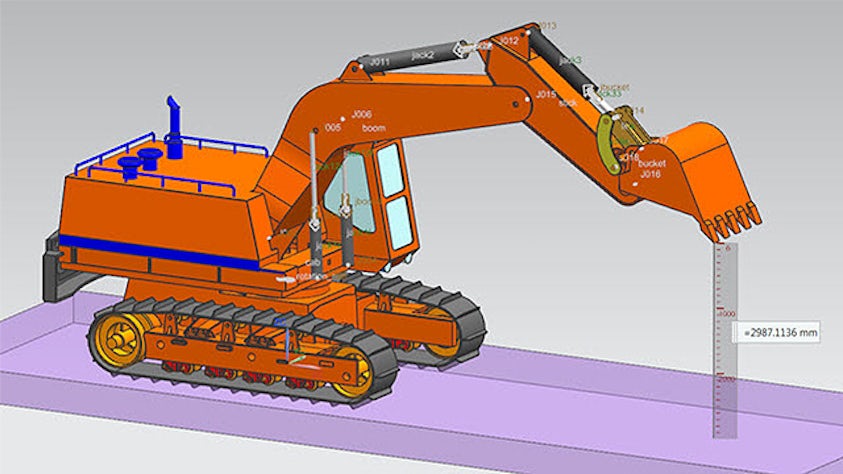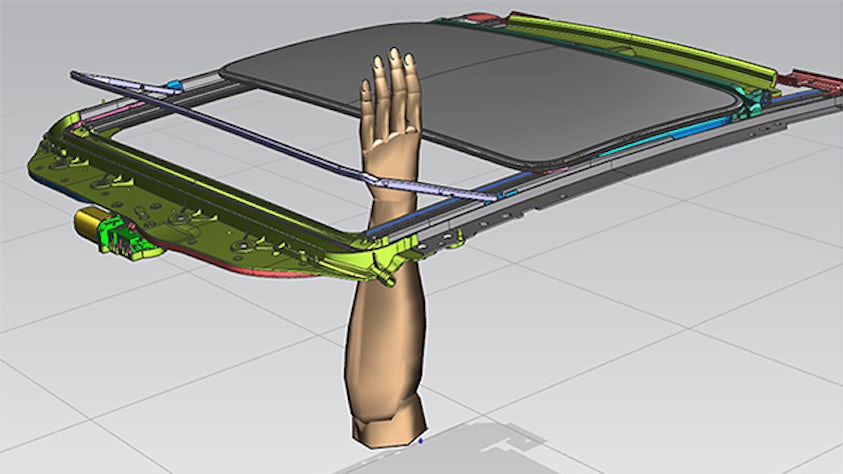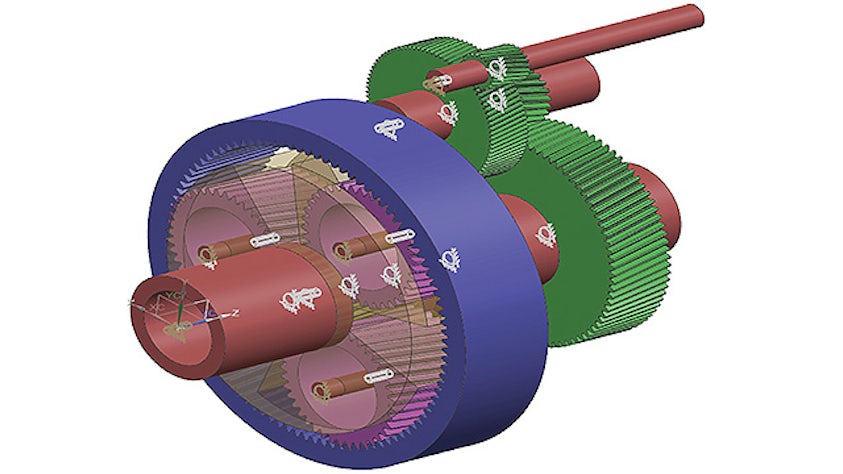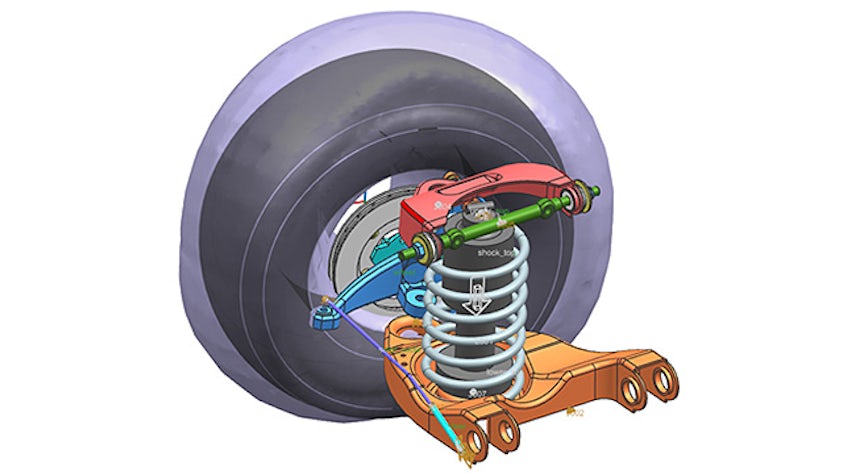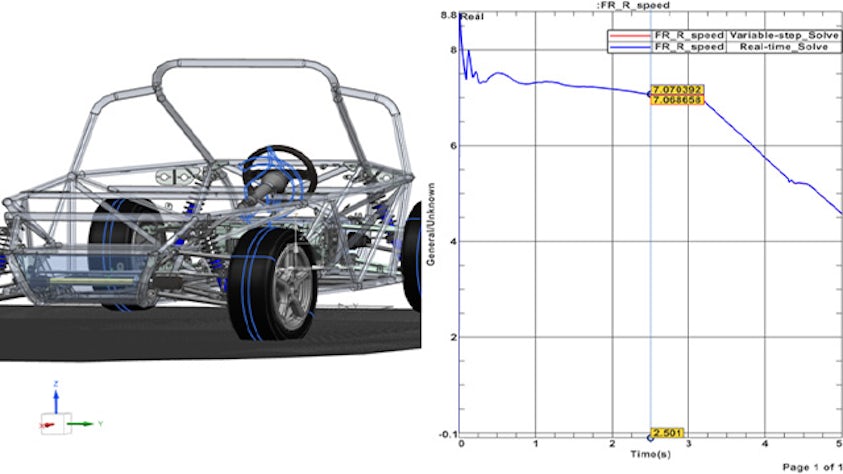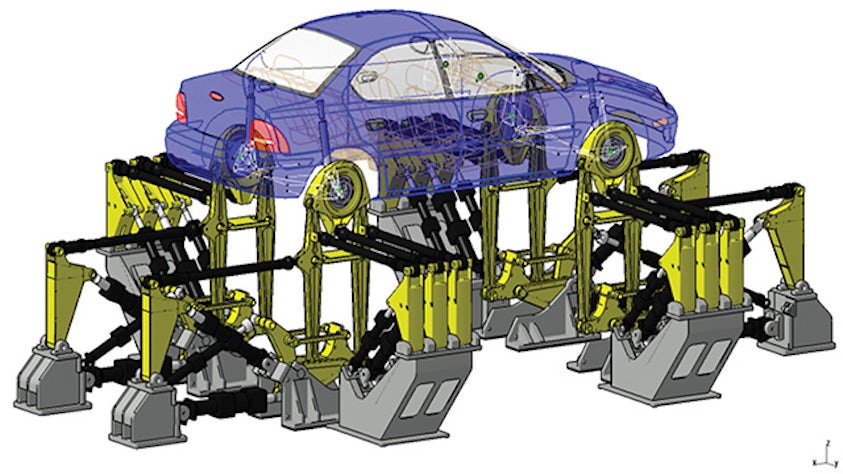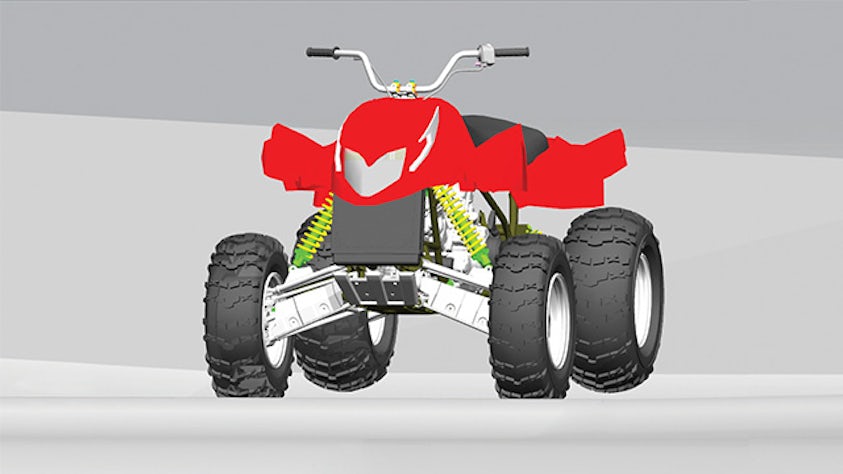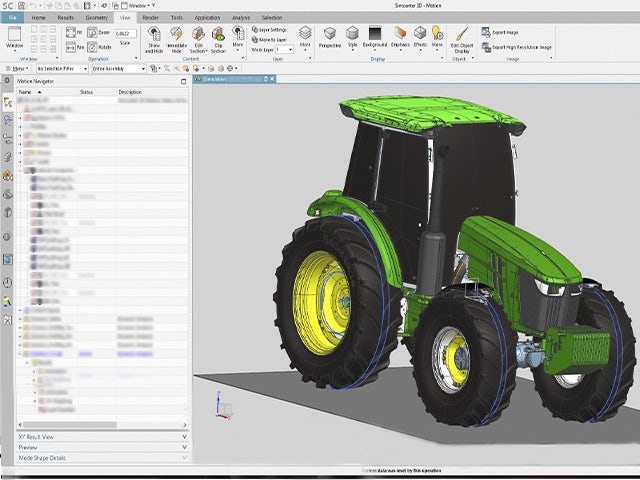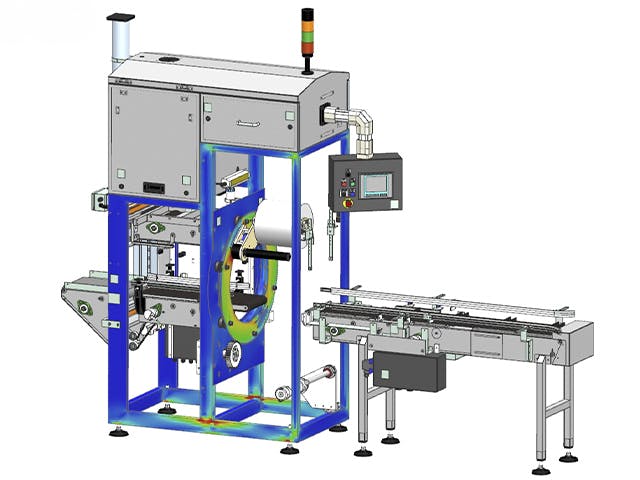Pochopení technických parametrů je náročné u složitých mechanických systémů, jako jsou klapky křídel nebo podvozky, posuvná střešní okna nebo odpružení, kopírovací stroje a další mechanismy. Simulace pohybů dokážou vypočítat reakční síly, točivé momenty, rychlosti, zrychlení a další parametry mechanických systémů. Můžete přímo převést geometrii CAD a montážní omezení na přesný pohybový model nebo vytvořit vlastní model více těles od začátku. Integrovaný řešič pohybu a robustní možnosti následného zpracování umožňují studovat širokou škálu chování mechanismů.
Řešení Simcenter pro simulaci pohybu pomáhá inženýrům pochopit a předvídat funkční chování mechanismů. Toto řešení nabízí kompletní sadu funkcí pro podporu všech aspektů pokročilé dynamické, statické a kinematické simulace pohybu.
Průvodce řešením Simcenter 3D pro simulaci pohybu
Včasné použití simulace pohybu je klíčové pro zvýšení jistoty v rámci návrhu a snížení rizik.


